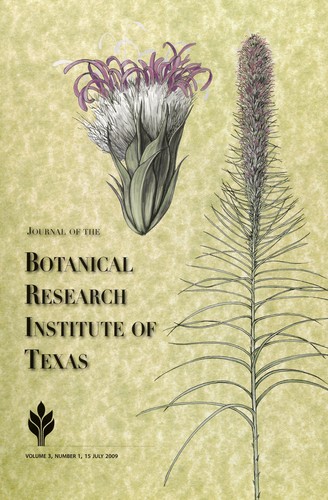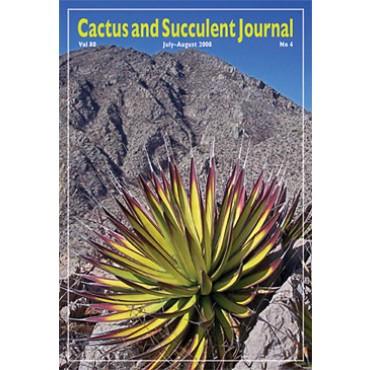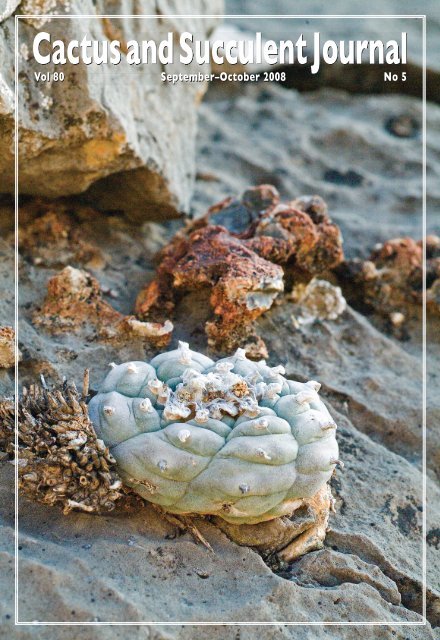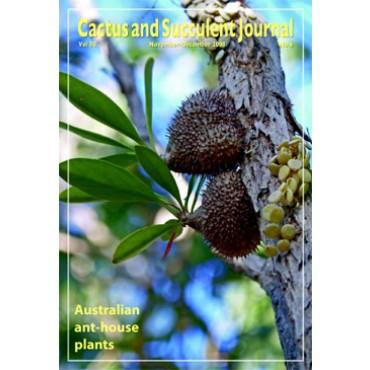
JOURNAL ARTICLE
Clinal geographic variation in mescaline concentration among Texas populations of Lophophora williamsii (Cactaceae).
Diana Hulsey, M. Abul Kalam, Paul Daley, Norma Fowler and Martin Terry
Journal of the Botanical Research Institute of Texas,
Vol. 5, No. 2 (7 DECEMBER 2011), pp. 677-683 (7 pages)
PDF DOI
Abstract
A phytochemical analytical study was conducted to address the question of whether Lophophora williamsii (peyote) plants from Chihuahuan Desert populations in the Trans-Pecos region of West Texas exhibited higher tissue concentrations of mescaline than plants from Tamaulipan Thornscrub populations of South Texas. This question is of cultural significance to the Native American peyote religion, which involves the ingestion of peyote as a psychopharmacologically active sacrament. Tissue samples were field-collected from 10 individuals in each of four L. williamsii populations, two of which were located in the Chihuahuan Desert, and two of which were located in the Tamaulipan Thornscrub ecoregion. For each of the four populations, the tissue samples from 10 individual plants were pooled, the alkaloids were extracted, and the average mescaline concentration of the population was determined by HPLC. There was limited geographic variation in mescaline concentration; the highest concentration (3.52% of dry tissue) was only 27% greater than the lowest (2.77%), and the difference between the Chihuahuan Desert populations and the Tamaulipan Thornscrub populations was not significant. However, mescaline concentrations increased significantly along a gradient from southeast to northwest, i.e., from the southeasternmost Tamaulipan Thornscrub population to the northwesternmost Chihuahuan Desert population.



